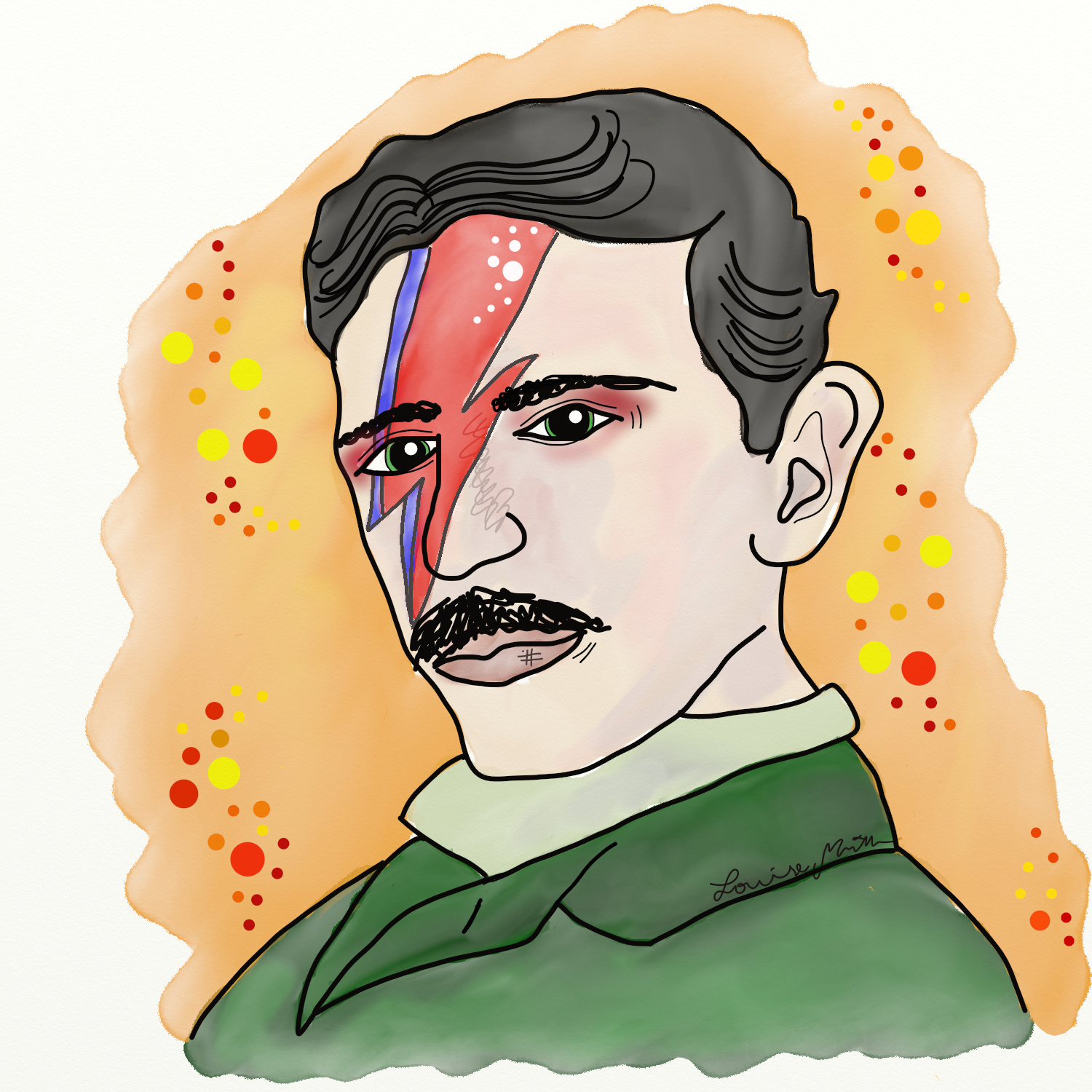Tesla is a name I’m sure everyone is familiar with by now, but today it’s perhaps more synonymous with the pioneering car company started by Elon Musk than the brilliant, if a little eccentric, inventor, engineer and physicist that originally bore the name.
Nikola Tesla was born on 10th July 1856 in Smiljan in the Austrian Empire (modern day Croatia) during a violent thunderstorm. According to his family, the midwife declared this to be a bad omen saying “This will be a child of darkness”, to which Tesla’s mother replied: “No, he will be a child of light”.
Inspired by his mother, who would create small household appliances in her spare time, Tesla pursued the sciences; studying at the Polytechnic Institute in Graz and the University of Prague in the 1870s before moving to Budapest to work at the Central Telephone Exchange. It was here that he had the idea for the induction motor; after several years of failing to find investors for his idea, he moved to America at age 28.
In 1884, Tesla arrived in the United States with few possessions and a letter of introduction to Thomas Edison, famed inventor and businessman. Edison hired Tesla and they worked together to improve Edison’s inventions but this wasn’t to last as they soon parted ways due to personality conflicts. After a brief stint in working to improve arc lighting and working as a manual labourer, Tesla was able to find interest for his AC (alternating current) electrical system. Thus began further conflict in what has become known as the War of the Currents, with Thomas Edison who instigated a negative press campaign against Tesla and his AC system in favour of DC. Tesla eventually won when the Westinghouse Corporation, whom he worked for, was chosen to light the 1893 World’s Columbian Exposition in Chicago and later in 1895, when Tesla designed the first AC hydroelectric power plant at Niagara Falls. The use of AC later became the standard current system worldwide and remains so today.
During this time, Tesla also invented the Tesla coil and a number of other electrical wonders though many were patented by other scientists. These included the dynamo, radar, x-ray technology, remote control and rotating magnetic fields.
With these accomplishments under his belt, Tesla become obsessed with the wireless transmission of energy, specifically building a global, wireless communications network to share information and free electricity throughout the world. With new funding from financial giant J.P. Morgan, Tesla began the project in 1901. He designed and built a lab (with power plant and transmission tower) on Long Island, New York, which became known as Wardenclyffe Tower.
His investors began to doubt him when Guglielmo Marconi, with support from Andrew Carnegie and Thomas Edison, made advances with his own radio technologies by transmitting radio across the Atlantic. Forced to abandon the project, the Wardenclyffe site fell into foreclosure in 1915 and 2 years later, Tesla declared bankruptcy.
Tesla suffered a nervous breakdown but eventually returned to work, primarily as a consultant. Becoming more and more eccentric, he devoted much of his time to caring for wild pigeons and talking about building a death ray. If you’re familiar with The Pretige, David Bowie famously portrayed the eccentric inventor at this stage in his life.
Tesla died on January 7th 1943, at the age of 86, in New York City, which had been his home for nearly 60 years. Almost immediately the Office of Alien Property of the FBI seized his property. This might have had something to do with his talk of building a death ray. His property was later returned to his family and later many things were taken to the Tesla Museum in Belgrade. A few rumours float around the internet that some documents remain classified by the U.S. Government, but this is speculation at best.
In a way, Tesla’s dream came true. We are living in the age of widespread wireless communication, we just need to sort out the free part.
Sam McMaster
Science Editor
Image: Louise Müller

